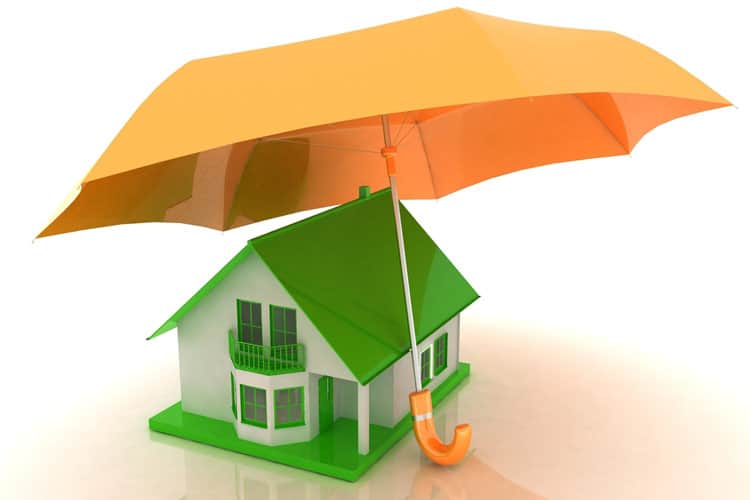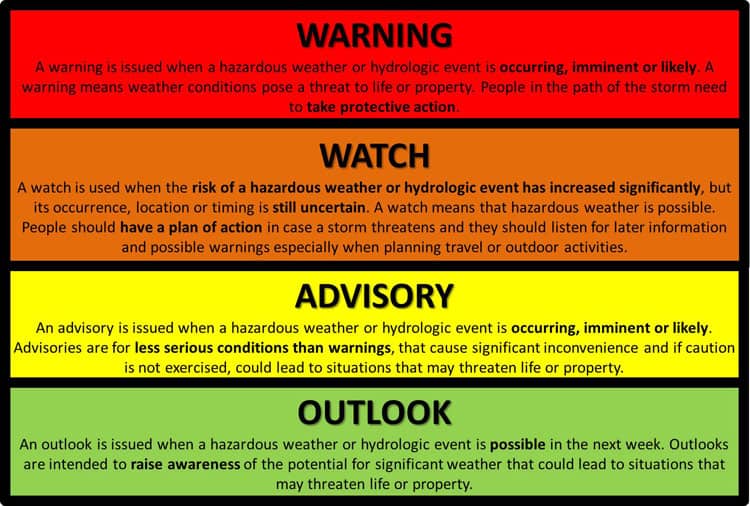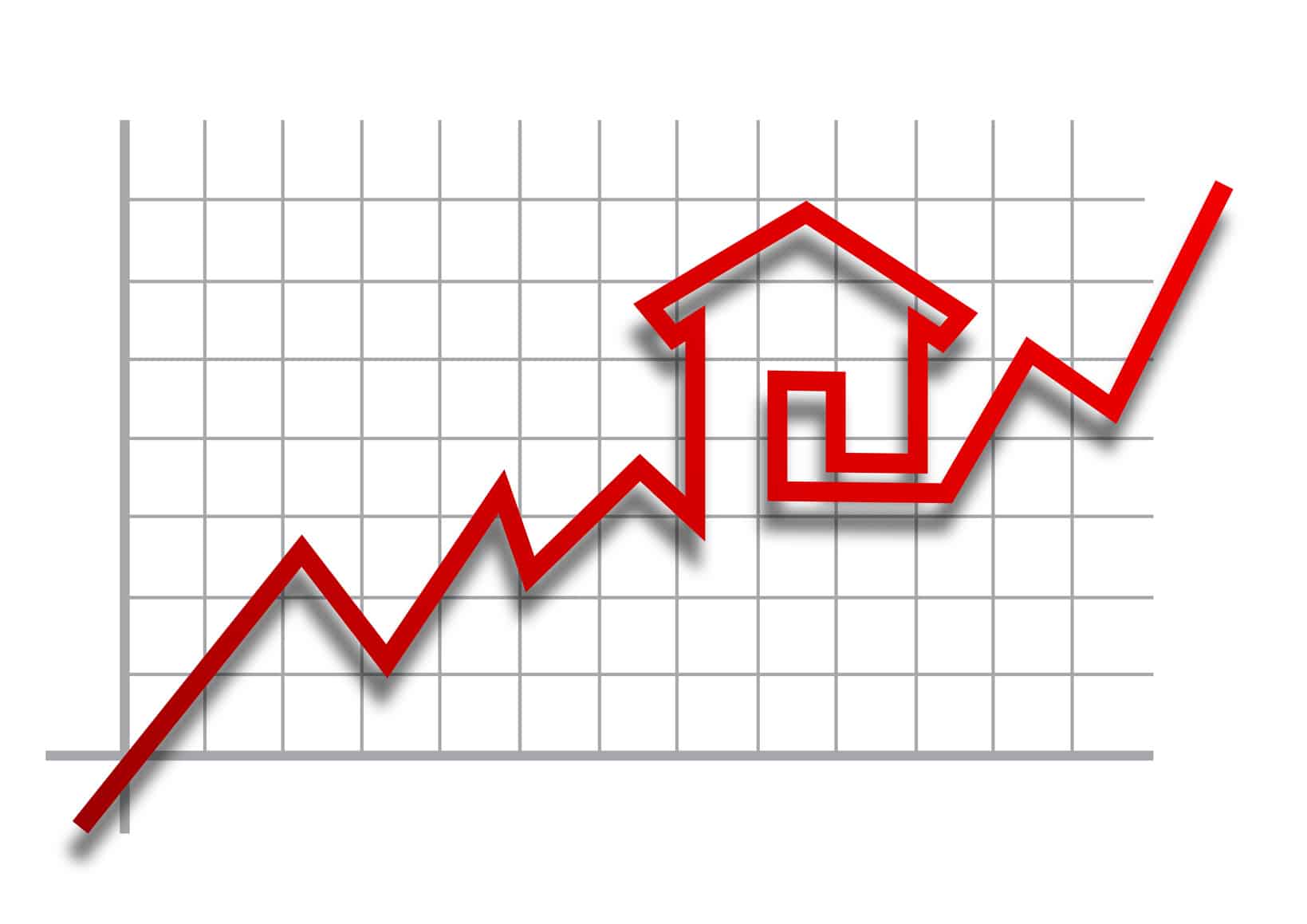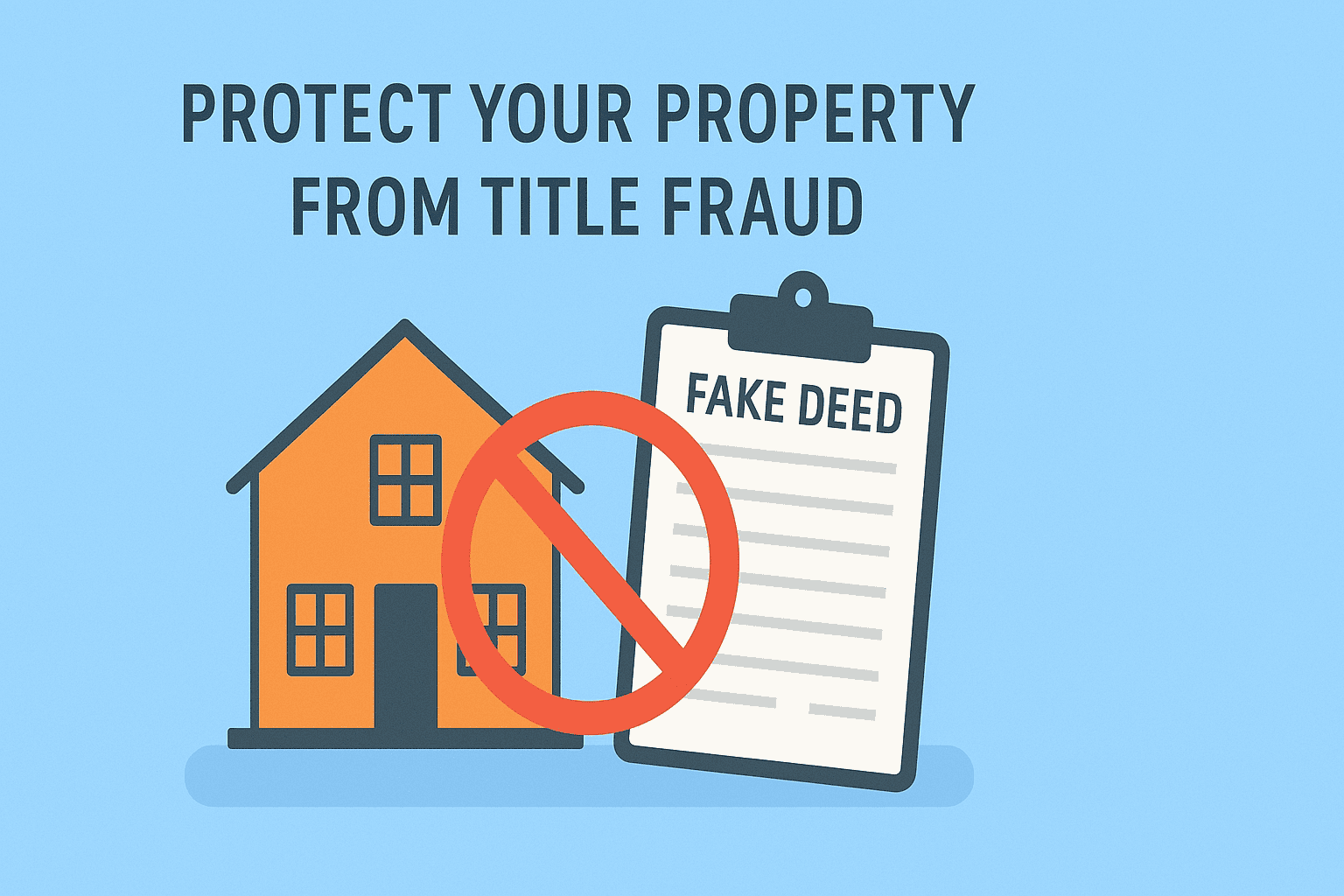
The Atlantic hurricane season spans from June 1st to November 30th. In other parts of the world, hurricanes are referred to as tropical cyclones. Regardless of their name, these storms can be very powerful and cause damage. We hope this resource guide will help keep you and your loved ones safe during and after a storm.
Emergency Hotline
311 or 954-831-4000
Hurricane / Tropical Storm Alerts

Weather programs of the National Oceanic and Atmospheric Administration (NOAA) impact the lives of everyone in Florida. Every day, decisions are made based on NOAA weather information — from the mundane “should I pack an umbrella today?” to the most critical and potentially life-saving.
NOAA’s National Weather Service is the sole official voice of the U.S. government for issuing warnings during life-threatening weather events. Familiarize yourself with each of the hurricane / tropical storm alerts, so you will know what action is required.
Saffir-Simpson Hurricane Wind Scale

The Saffir-Simpson Hurricane Wind Scale is a 1 to 5 rating based on a hurricane’s sustained wind speed. This widely-used scale estimates potential property damage. Category 1 and 2 storms are dangerous and require preventative measures. Hurricanes reaching Category 3 and higher are considered major storms because of their potential for significant loss of life and property damage.
Evacuation Routes and Zones
Evacuation Plan A – All residents east of the Intracoastal Waterway, mobile home residents, residents beside tidal bodies of water and low-lying areas should evacuate.
Evacuation Plan B – All residents east of U.S. 1 (Federal Highway), mobile home residents, residents beside tidal bodies of water and in low-lying areas should evacuate.
View the Broward County Evacuation Routes and Zones Map. If you live in an evacuation zone and an evacuation is ordered, you are required by law to evacuate.
- Leave as early as 48 hours in advance, and no later than when a Hurricane Watch is issued.
- Evacuate to a family or friend’s home or hotel outside of the evacuation area. Shelters provide for basic needs only and should be a choice of last resort.
- Be sure to tell someone outside the storm area where you are going.
- Take your hurricane kit and important papers with you.
Emergency Supply Kit
According to the official Broward County Hurricane Preparedness Guide, every family in the area should be prepared to be self-sufficient for the first three to five days after a major storm. This allows for recovery efforts to be focused on those who can’t help themselves.
Be sure to check out the recommended items for your Emergency Supply Kit, courtesy of the Federal Emergency Management Agency (FEMA).
Safety First
We hope you found the Atlantic Hurricane Season Resource guide helpful. Be sure to bookmark this page, so you can find it easily. It’s important to everyone at Luxury Living Fort Lauderdale that you are as safe as possible during and after a storm.




